Introduction:
When medical emergencies strike, every second counts. In situations where swift transportation can mean the difference between life and death, air ambulance services emerge as literal lifesavers .In this blog, we’ll delve into the critical role of air ambulances, their unparalleled speed and accessibility, and the dedicated professionals who work tirelessly to provide vital care when it’s needed most.

The Need for Speed:
In medical emergencies, time is of the essence. Traditional ground ambulances may face challenges in reaching remote or inaccessible locations swiftly. Air ambulances, on the other hand, transcend these barriers. With their ability to rapidly transport medical teams and patients, they bridge the gap between critical care and remote areas, ensuring that urgent medical attention reaches those in need with unparalleled speed and efficiency. 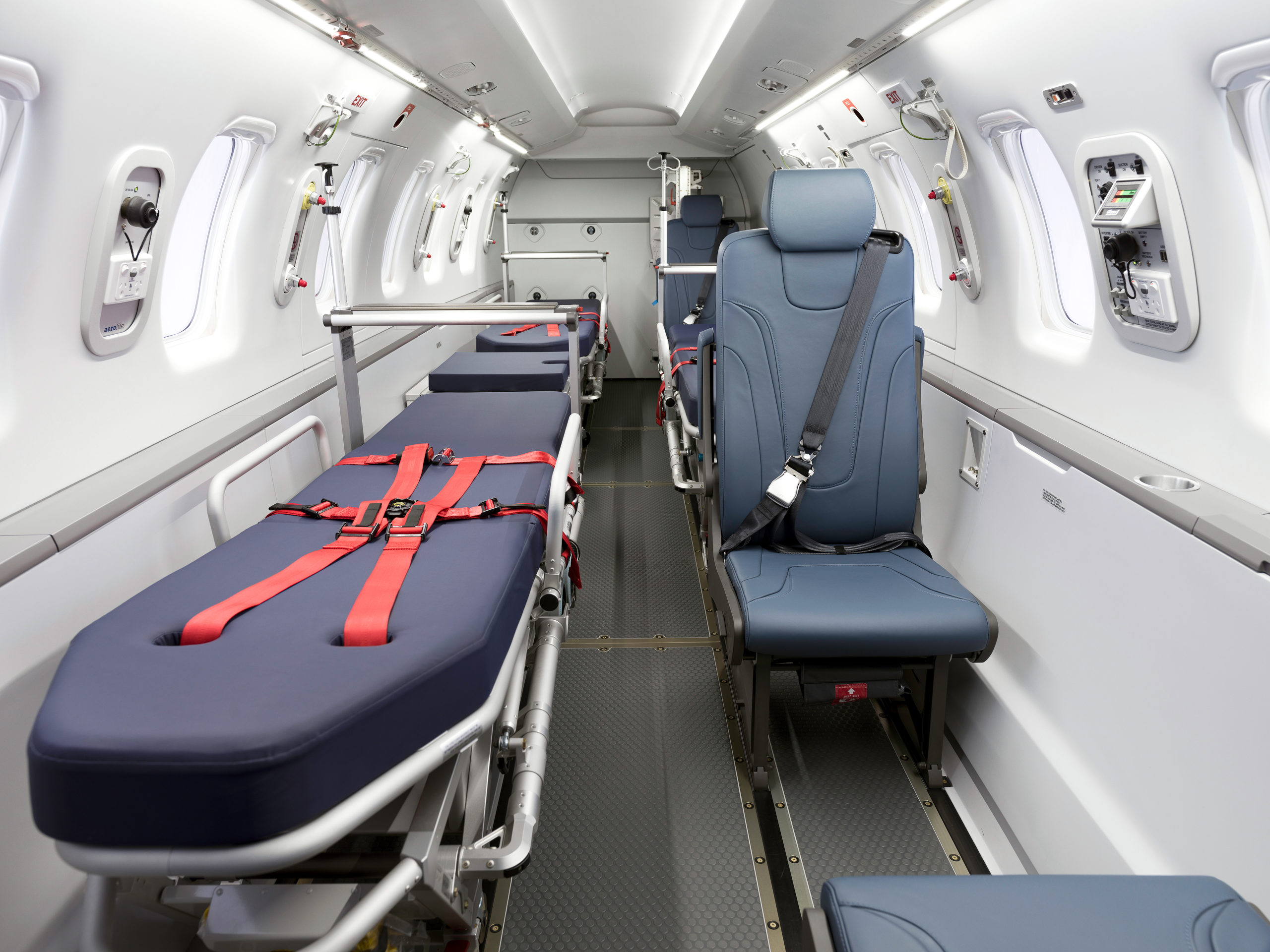
Accessibility Against All Odds:
From rugged mountain terrains to densely populated urban centers, air ambulances have the unique capability to reach areas where traditional ambulances cannot. In times of natural disasters, such as earthquakes or floods, air ambulances play a pivotal role in delivering essential medical aid and evacuating the injured from areas cut off by ground transportation limitations. 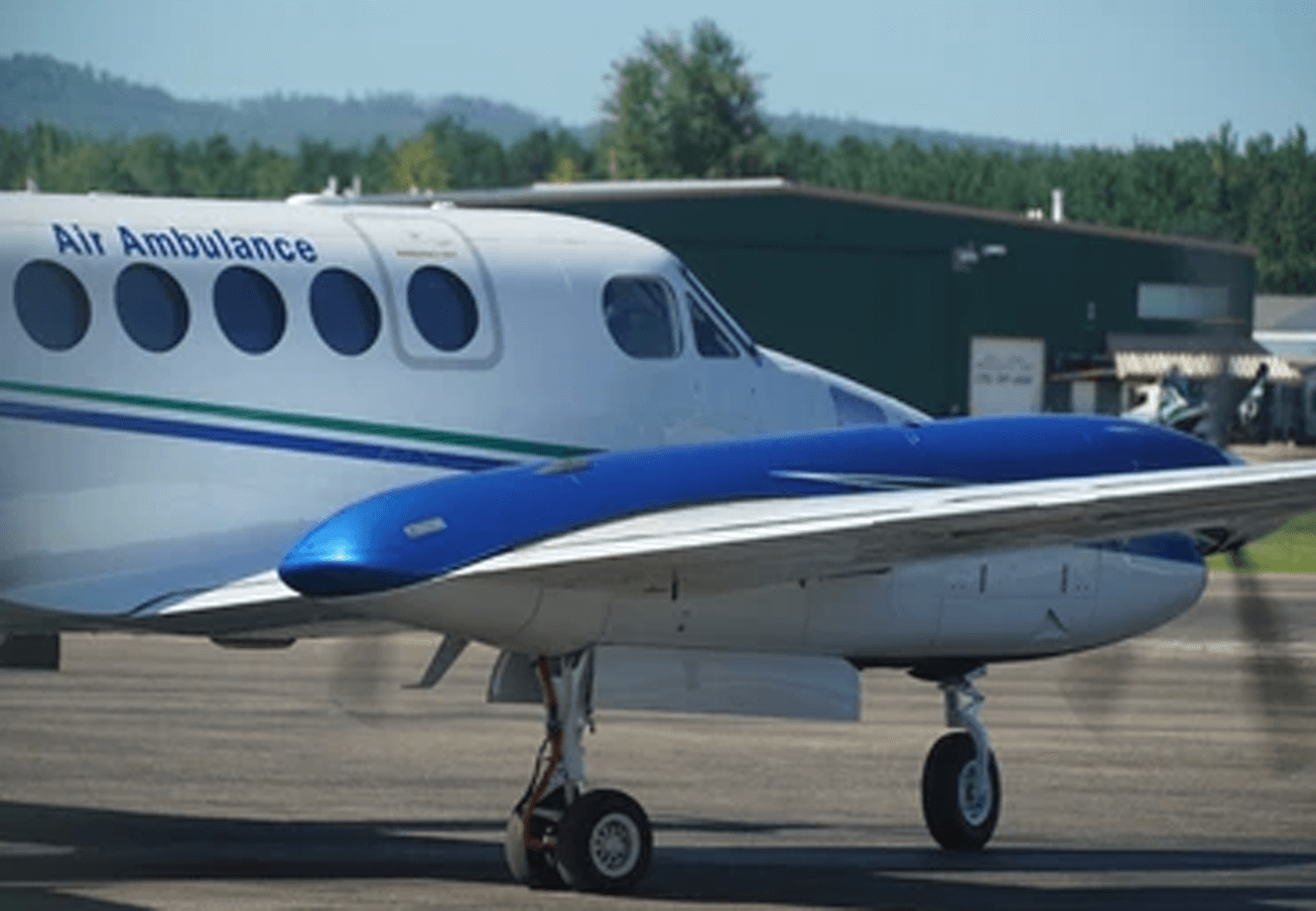
The Heroes in the Sky:
Behind every air ambulance mission are dedicated professionals who go above and beyond to ensure that patients receive the highest standard of care. From skilled pilots navigating challenging airspace to medical teams delivering specialized treatment mid-flight, these individuals embody unwavering commitment and compassion as they navigate the complexities of emergency medical transport.
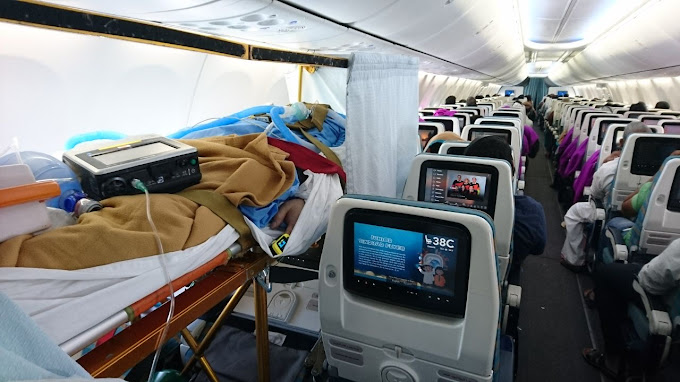
Navigating Financial Hurdles:
While air ambulance services are invaluable, they are not immune to financial challenges. Sustaining these vital services requires a collaborative effort, including public support, policy advocacy, and innovative funding
solutions to ensure that air ambulances remain accessible to all who require urgent medical assistance.
Charter Air Ambulance
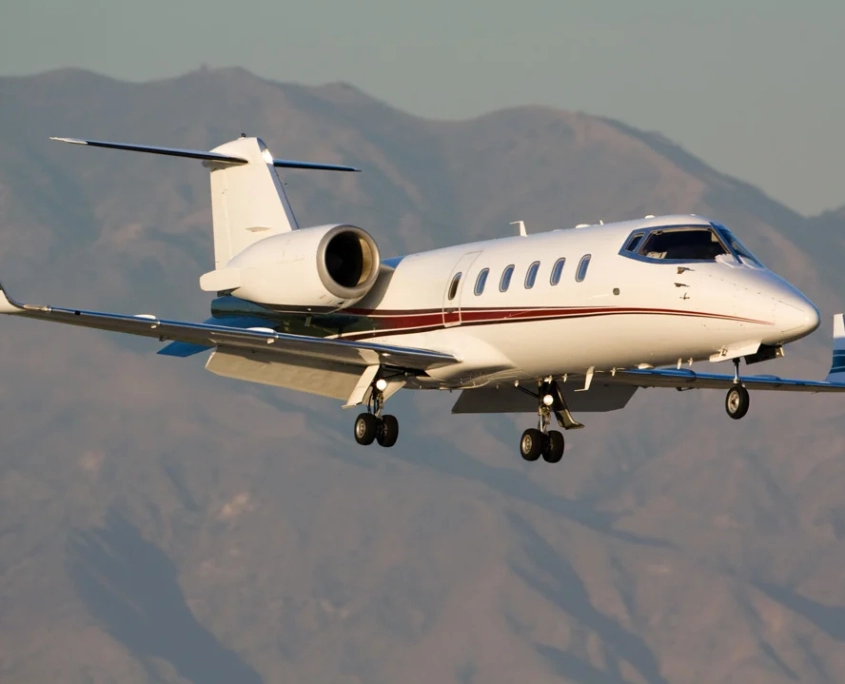
Charter air ambulance refers to a private aircraft that is equipped with medical supplies and staffed with medical professionals, such as doctors and nurses, to transport patients who require medical attention or critical care from one location to another. This type of air ambulance service is often used for long-distance medical transportation, particularly for patients who are in remote or hard-to-reach areas, Or for those who require specialized medical care that may not be available locally
“The Lifesaving Role of Charter Air Ambulances in Medical Transportation” Introduction:
– Briefly define what a charter air ambulance is and its role in medical
transportation.
– Highlight the critical need for swift and specialized medical transportation for patients in remote areas or requiring advanced medical care.
Body:
1. Specialized Medical Care: Discuss the advanced medical equipment and trained medical professionals on board charter air ambulances, emphasizing their ability to provide critical care during transport.
2. Remote Access: Highlight how charter air ambulances serve as a vital link for patients in remote or inaccessible locations, ensuring timely and safe transportation to medical facilities.
3. Long-Distance Transport: Explain how charter air ambulances are utilized for long-distance medical transfers, enabling patients to reach specialized medical facilities regardless of geographical distance.
4. Time-Critical Situations: Discuss the crucial role of charter air ambulances in time-sensitive medical emergencies, emphasizing their ability to swiftly transport patients to appropriate medical
care.
Commercial Airline Stretcher
In the event of a medical emergency that requires a passenger to be transported via a commercial flight, the use of a stretcher can be a vital and potentially life-saving option. Commercial airline stretchers are specially designed to fit within the constraints of an airplane cabin while providing a secure and comfortable space for a patient who needs to be transported lying down. These stretchers are equipped with restraints and medical equipment to ensure the safety and well-being of the patient throughout the flight. The process of arranging for a commercial airline stretcher involves coordination between the airline, medical professionals, and the individual or their family. Specialized medical teams may also be involved in overseeing the transfer and providing care during the flight. 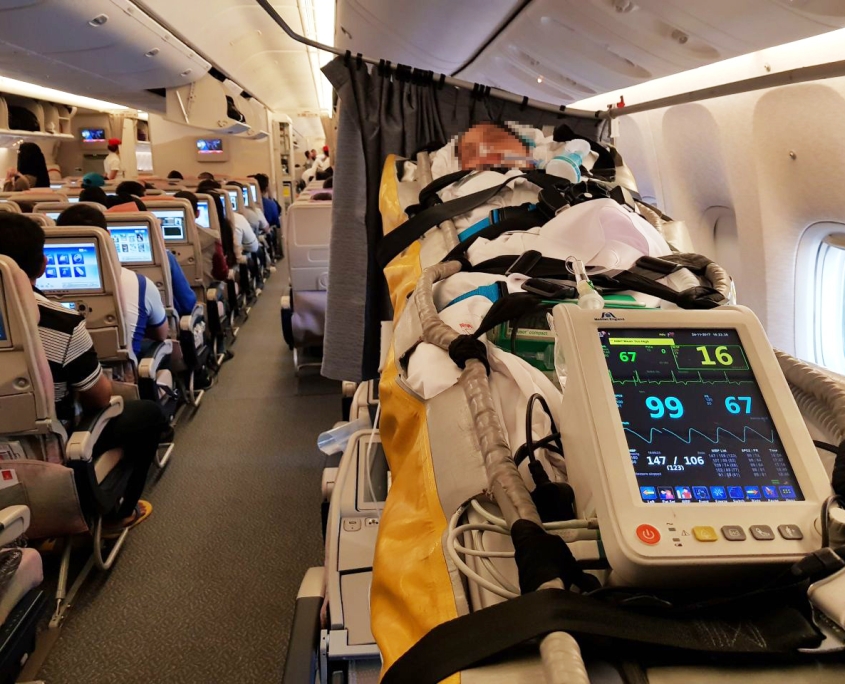
It’s important to note that the availability of commercial airline stretchers can vary between airlines and routes. Additionally, there are specific criteria that must be met for a passenger to be approved for stretcher transportation, including medical clearance and compliance with airline regulations.
Ultimately, the existence of commercial airline stretchers reflects the commitment of airlines and medical personnel to meet the needs of passengers, including those requiring urgent medical assistance. This service plays a crucial role in ensuring that individuals can receive the care they require, even when travel by air is necessary.
The Need for Speed: 24×7 air ambulance services are available for bed to bed transfers from Riyadh to India, Dubai to Kerala, Saudi to India, Kochi to Oman, Dubai to Delhi, Jeddah to Kerala, Canada to India, Dammam to India or local transfers in UAE, Saudi, India, Philippines, etc. This includes chartered flights with medical escort teams, as well as medical stretchers on commercial airlines with oxygen including ventilator support if required. Air Ambulance Services are also available for repatriation of expatriates.














